
4 juillet - 7 juillet 2023
Taipei (Taiwan)
37ème Conférence de la SISR – Taipei (Taiwan) 4-7 juillet 2023.
Les religions en dialogue : Transformations, diversité et matérialité
À l’époque contemporaine, la religion subit des changements critiques dans le cadre des processus d’individualisation, de désinstitutionnalisation et de médiatisation. Les éléments « classiques » de la religion, tels que les croyances et les rituels, sont de plus en plus différenciés les uns des autres, et la mobilisation des identités religieuses prend des formes différentes dans le contexte mondial. Les réponses des gens à ces changements dans leur vie religieuse, spirituelle et non religieuse sont plus étendues, plus complexes et plus rapides que celles des organisations religieuses. La transformation des diverses visions du monde des individus est également liée aux défis mondiaux en matière d’écologie, de santé, d’inégalité et de diversité. Ces développements ont fait naître le besoin de s’éloigner des perspectives binaires Nord/Ouest et d’adopter une approche plus décentrée. Il s’agit de la première conférence SISR/ISSR en Asie et nous accueillons les chercheurs qui étudient les interrelations complexes et le dialogue des visions du monde religieuses, spirituelles et non religieuses, la matérialité, l’esthétique et la diversité à la lumière des changements mondiaux.
Appel aux sessions : 4 juillet – 1 septembre 2022.
Appel à communications : 15 octobre – 9 décembre 2022.
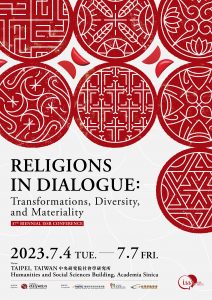
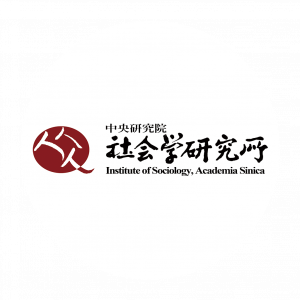
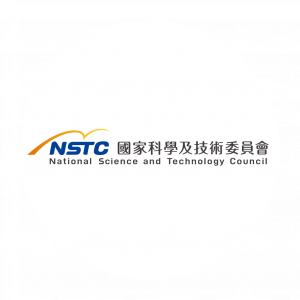
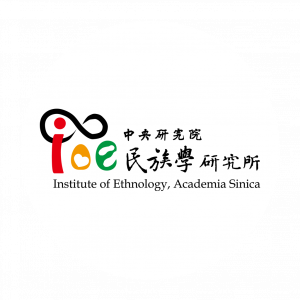
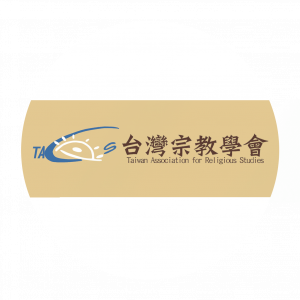
Les religions en dialogue : Transformations, diversité et matérialité
À l’époque contemporaine, la religion subit des changements critiques dans le cadre des processus d’individualisation, de désinstitutionnalisation et de médiatisation. Les éléments « classiques » de la religion, tels que les croyances et les rituels, sont de plus en plus différenciés les uns des autres, et la mobilisation des identités religieuses prend des formes différentes dans le contexte mondial. Les réponses des gens à ces changements dans leur vie religieuse, spirituelle et non religieuse sont plus étendues, plus complexes et plus rapides que celles des organisations religieuses. La transformation des diverses visions du monde des individus est également liée aux défis mondiaux en matière d’écologie, de santé, d’inégalité et de diversité. Ces développements ont fait naître le besoin de s’éloigner des perspectives binaires Nord/Ouest et d’adopter une approche plus décentrée. Il s’agit de la première conférence SISR/ISSR en Asie et nous accueillons les chercheurs qui étudient les interrelations complexes et le dialogue des visions du monde religieuses, spirituelles et non religieuses, la matérialité, l’esthétique et la diversité à la lumière des changements mondiaux.




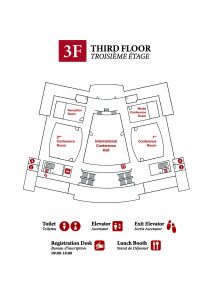
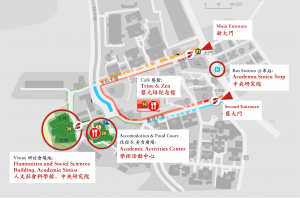
| Membres SISR: | |
| Membres, plein tarif | 140 euros |
| Membres. Tarifs réduits (*) | 70 euros |
| Non-membres (**) | 170 euros |
(*) membres des pays à monnaie non convertible, étudiants, collègues retraités, sans emplois, compagne/compagnon des membres de la SISR.
(**) Non-membres assistant à la conférence sans présenter un article. Les non-membres présentant une communication doivent être membres en 2021-23, ils doivent payer les frais d’adhésion avant la date limite indiquée sur le site internet, au plus tard à leur arrivée sur le site de la conférence pour les cas exceptionnels avec des devises non convertibles.
Phone Number: Office: 02-26525150 Mobile phone: 0919-654720
Covid-19
Pour obtenir les dernières informations sur les conditions d’entrée, de quarantaine et de soins de santé COVID-19 pour les passagers à destination de Taïwan, veuillez consulter le site du CDC.
WiFi & Carte SIM
Plusieurs sociétés de télécommunications à Taïwan proposent des cartes SIM pour touristes. Pour plus d’informations, veuillez consulter les sites web suivants :
EasyCard
Pour plus de commodité, vous pouvez envisager d’acheter une carte EasyCard que vous pouvez utiliser pour prendre le métro et le bus sans avoir à acheter un billet avant de monter à bord. Vous pouvez acheter une EasyCard au guichet du service clientèle de n’importe quelle station de métro. Vous devrez verser une caution d’environ 3 euros pour acheter la carte. Mais avant de quitter Taïwan, vous pouvez rendre la carte au service clientèle pour obtenir un remboursement et le solde de la valeur stockée de la carte.
Les métros de Taipei ont des distributeurs automatiques, mais les stations de bus de Taipei n’ont pas de distributeurs automatiques et ne vendent pas de billets. Si vous n’avez pas d’EasyCard, vous devez avoir le bon montant à déposer dans la tirelire du bus une fois que vous êtes monté, car le bus ne rend pas la monnaie.
Pour plus d’informations sur EasyCard, veuillez consulter les sites web suivants :
Applications utiles
Nous vous recommandons de télécharger l’application « Taiwan Bus », qui vous indique en temps réel l’emplacement des bus à Taipei.
Informations complémentaires
Pour plus d’informations sur les voyages, veuillez consulter le site : https://www.travel.taipei/en/information/tipslist

Humanities and Social Sciences Building, Academia Sinica, 128 Academia Road, Section 2, Nankang, Taipei 11529, Taiwan
Direct transportation: Taxi Price: NT$ 1400-1600 (€1=NT$34) Trip length: 50 min Google Map: From Taiwan Taoyuan International Airport to Academia Sinica
Non-direct transportation:
Taoyuan International Airport – Taoyuan THSR Station – Nangang THSR Station – Academia Sinica
Taoyuan International Airport – Taipei Main Station– Taipei Nangang Exhibition Center – Academia Sinica
Option 1: Taoyuan International Airport – Taoyuan THSR Station – Nangang THSR Station – Academia Sinica
Figure 1-1
Figure 1-2
Figure 1-3
Option 2: Taoyuan International Airport – Taipei Main Station– Taipei Nangang Exhibition Center – Academia Sinica
Figure 2-1
Figure 2-2
Figure 2-3
| |||
INNER CITY Connection to Academia Sinica | |||
MRT+BUS
| |||
Bus to Academia Sinica Anywhere with Bus number 205、212、212 (Express)、212 (Shuttle)、270、276、306、620、645、S12、BL25、679、S5、S1、CB7 for getting off at « Academia Sinica » Stop. | |||
Bilingual Map for MRT | |||
Academia Sinica Go‘Academia Sinica Go’ APP combines the geographical map with information on academic activities and daily services, to help visitors navigate their way around campus.
| |||
Phone Number: Office: 02-26525150 Mobile phone: 0919-654720
Direct transportation: Taxi
Price: NT$ 1400-1600 (€1=NT$34)
Trip length: 50 min
Google Map: From Taiwan Taoyuan International Airport to Academia Sinica
Non-direct transportation:
Taoyuan International Airport – Taoyuan THSR Station – Nangang THSR Station – Academia Sinica
Taoyuan International Airport – Taipei Main Station– Taipei Nangang Exhibition Center – Academia Sinica
Option 1:
Taoyuan International Airport – Taoyuan THSR Station – Nangang THSR Station – Academia Sinica
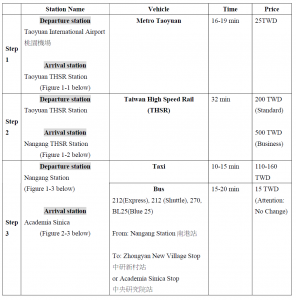
Figure 1-1
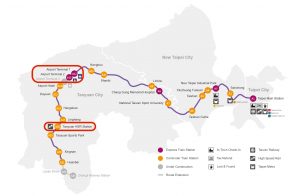
Figure 1-2
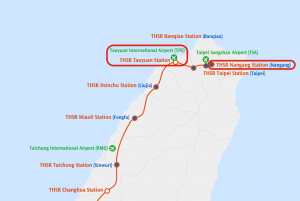
Figure 1-3
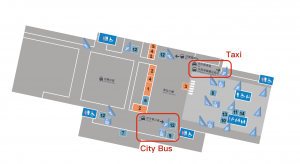
Option 2:
Taoyuan International Airport – Taipei Main Station– Taipei Nangang Exhibition Center – Academia Sinica
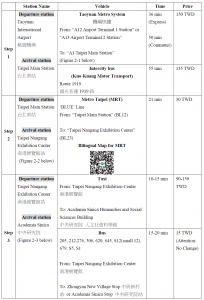
Figure 2-1
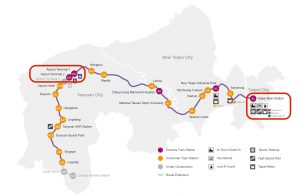
Figure 2-2
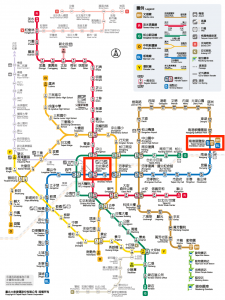
Figure 2-3
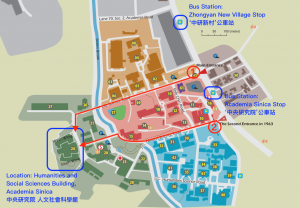
The history between the Kuomintang and the Communist Party contributed to the relocation of National Palace Museum (NPM) artifacts to Taiwan and the artifacts subsequently becoming a crucial part of Taiwan’s culture. A review of the NPM’s history shows that it has inherited China’s national culture spanning thousands of years and shoulders the responsibility of preserving and publicizing artifacts. Most of the artifacts from the NPM’s collection came from Preparatory Department of the National Central Museum. Of the said artifacts, the majority was previously owned by the Jehol and Shenyang temporary palaces. This signifies that the NPM’s current artifact collection contains Qing court artifacts from The Palace Museum, the Jehol temporary palace, and the Shenyang temporary palace.
Current exhibition:
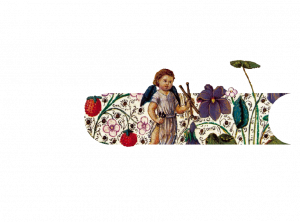
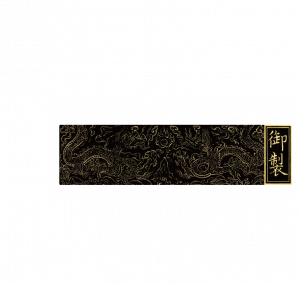
Address: No.221, Sec. 2, Zhishan Rd., Shilin Dist., Taipei City 111001, Taiwan
Phone number: +886-2-2881-2021
Hours: Open from Tuesday to Sunday between 09:00 and 17:00. Closed on Mondays
Admission: Regular Ticket NT $350
Further information: https://theme.npm.edu.tw/exh112/BAVrarebooks/en/index.html
Visa
Pour plus d’informations sur les documents de voyage requis pour les ressortissants de pays autres que Taïwan, veuillez consulter la page suivante : https://www.boca.gov.tw/np-137-2.html
En raison des retards persistants dans le traitement des demandes de visa, nous vous recommandons vivement d’effectuer vos demandes dès que possible.
Les visites culturelles suivantes sont planifiées par le Comité local de la Conférence 2023 de la SISR à Taipei et auront lieu pendant la conférence.
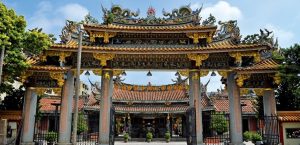
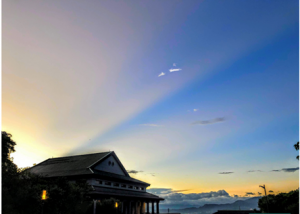
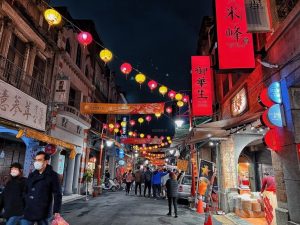
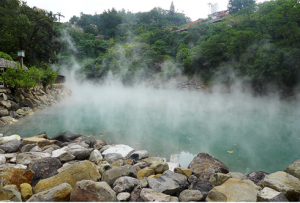
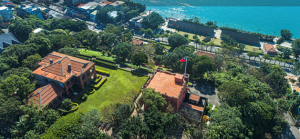
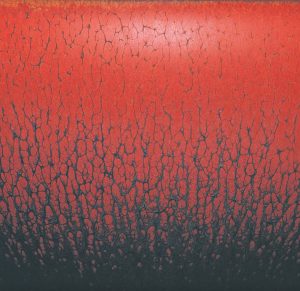
Institute of Sociology, Academia Sinica
Graduate Institute of Education, Tunghai University
Department of Sociology, National Chengchi University
Department of Sociology, Soochow University
Institute of Ethnology, Academia Sinica
Graduate School of Humanities and Social Sciences, Dharma Drum Institute of Liberal Arts
Institute of Ethnology, Academia Sinica
Graduate Institute of Religious Studies, Fo Guang University
GSRL(UMR 8582), CNRS/EPHE-PSL